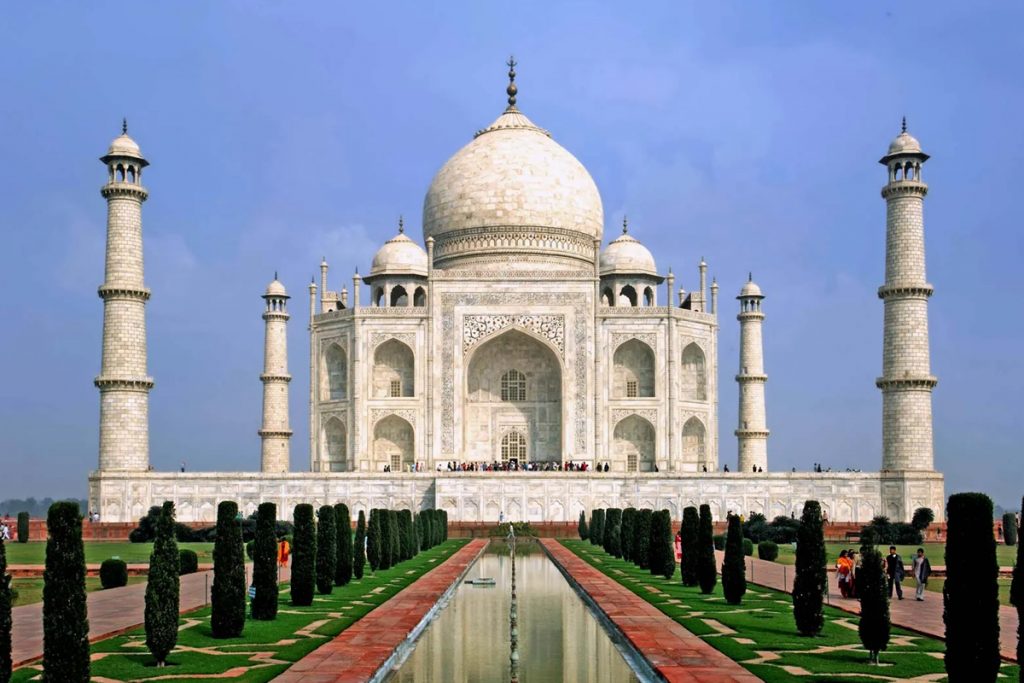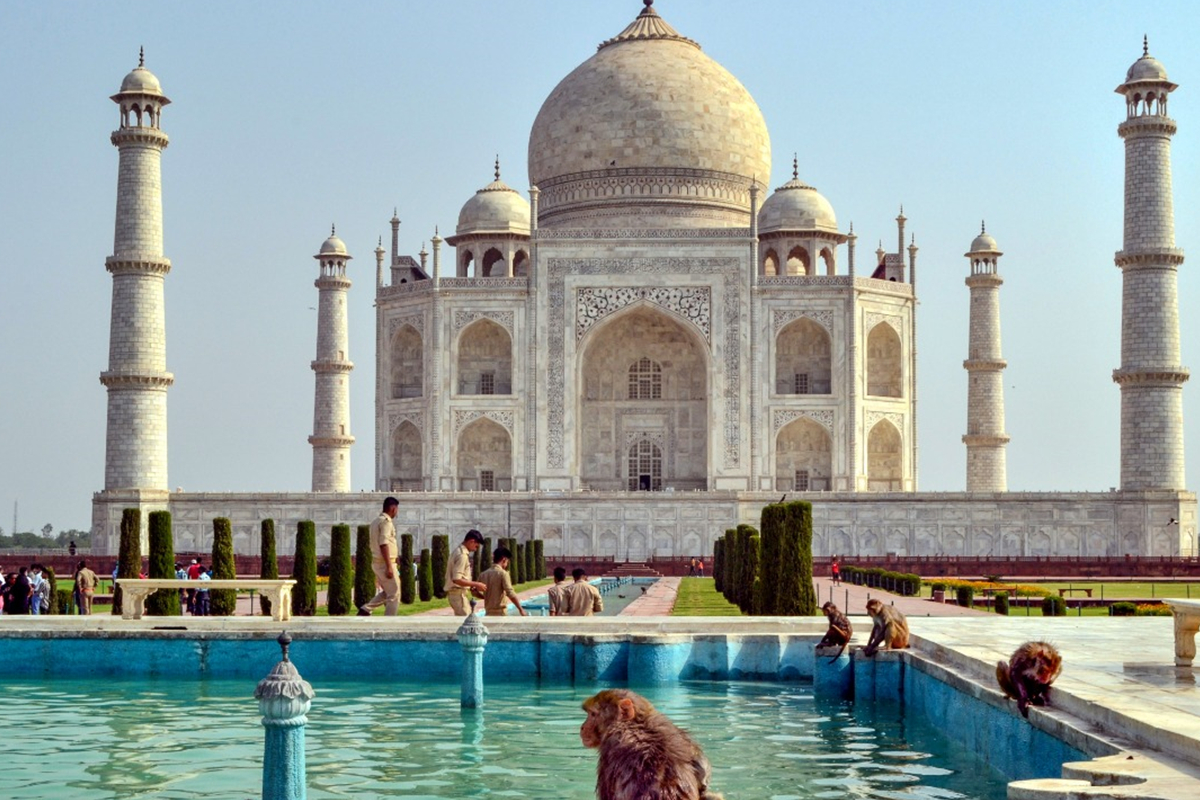We may earn money or products from the companies mentioned in this post.
The Taj Mahal is one of the most recognizable landmarks in the world. It’s one of the Seven Wonders of the World, and one of the most popular tourist destinations in India. It’s widely recognized as the crown jewel of Indian architecture and one of the most beautiful buildings in the world. If you’ve been to India, you’ve almost certainly seen the Taj Mahal. But have you ever stopped to wonder why it’s so widely admired? What makes it so special? What you see here is an A Day In India series exploring the country, highlighting its people, culture, history, and natural wonders. A Day In India is a blog series dedicated to showing the best of India.
Where is the Taj Mahal?
The Taj Mahal is a mausoleum located in Agra, India. It was commissioned by Shah Jahan and is considered one of the most iconic buildings in the world.
The Taj Mahal: India’s Most Famous Building
The Taj Mahal is one of the most well-known structures in India. It’s the country’s most recognized monument and one of the Seven Wonders of the World, alongside other icons like Machu Picchu, Pyramids at Giza, Mona Lisa, and Christ the Redeemer. Its popularity stems from its breathtaking beauty. The Taj is widely recognized as one of the most beautiful buildings in the world. Unlike many monuments that were destroyed over time, it has survived since its construction in 1631 by Shah Jahan (the fifth Mughal emperor).
The Taj Mahal was commissioned by a dying Mughal emperor to honor his wife, Mumtaz Mahal. They had fallen deeply in love during their marriage and she died shortly after giving birth to their 14th child. Shah Jahan wanted to construct a building that would be equal parts astrological observatory and mausoleum for his beloved wife.
Shah Jahan called upon some of the best architects and engineers in India to design and build what would become one of India’s most recognizable landmarks today. That includes master builders like Ustad Ahmad Lahauri who helped design its famous dome, as well as craftsmen like calligraphers Badaoni who wrote a letter with his own blood to create beautiful gold leaf decoration on its walls.
The Significance of the Taj Mahal
The legacy and significance of the Taj Mahal vary depending on who you ask. For some, it’s a testament to love and devotion. For others, it is an expression of power. And for many Muslims, the building stands as a reminder of the Prophet Muhammad’s marriage to Khadija. It is also said that this red sandstone monument took 22 years to complete, with construction beginning in 1632 and ending in 1653.
Regardless of how you feel about the building, history has shown that this landmark has always been a source of fascination. The Taj Mahal was first built as a mausoleum for Mumtaz Mahal and her husband Shah Jahan who had originally commissioned it as a gateway to paradise. It currently houses the graves of Shah Jahan’s two wives: Mumtaz Mahal in white marble and Arjumand Banu Begum (the mother of his four sons) in black marble.
It wasn’t until later that Westerners became fascinated by the monument, which they saw as representing love, power, beauty, and tragedy all at once. The site has been featured on international monuments tours since 1947 when UNESCO declared it a World Heritage Site.
The Taj Mahal is one of the world’s most famous buildings. It is India’s most famous building, and it is a testament to the enduring love story of Shah Jahan, the Mogul Emperor of India, and his wife Mumtaz Mahal.


